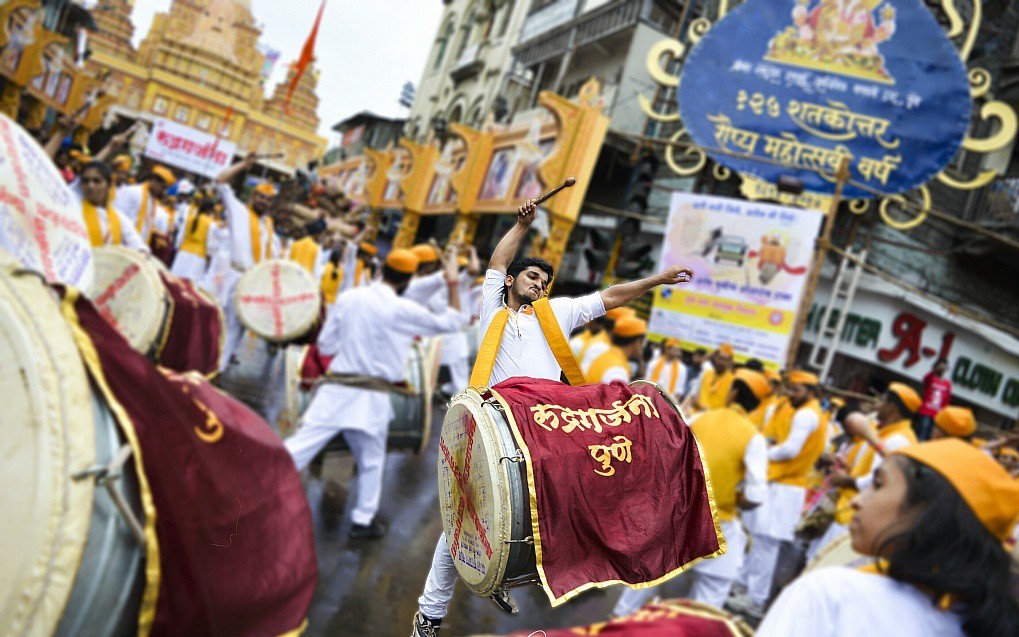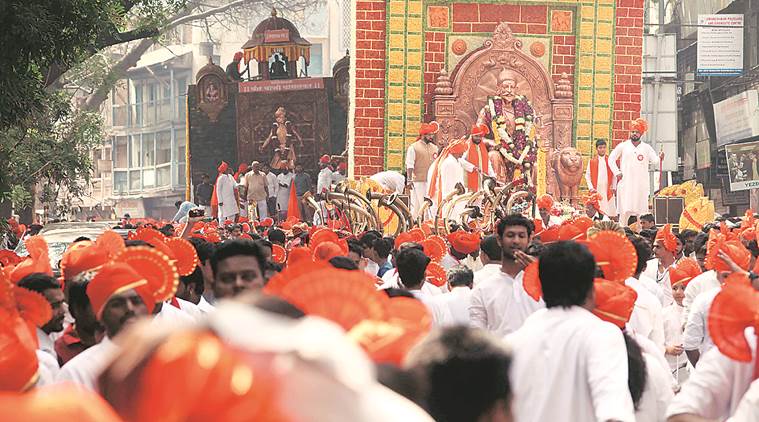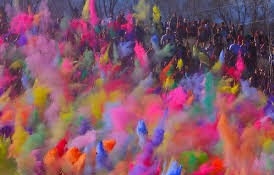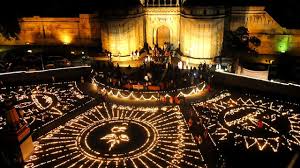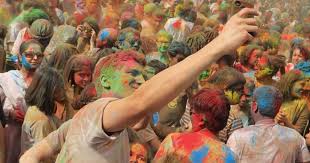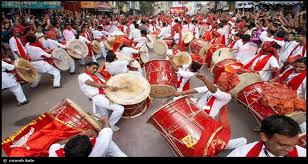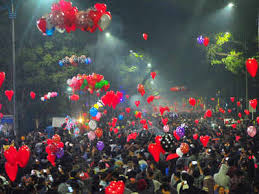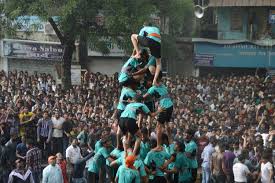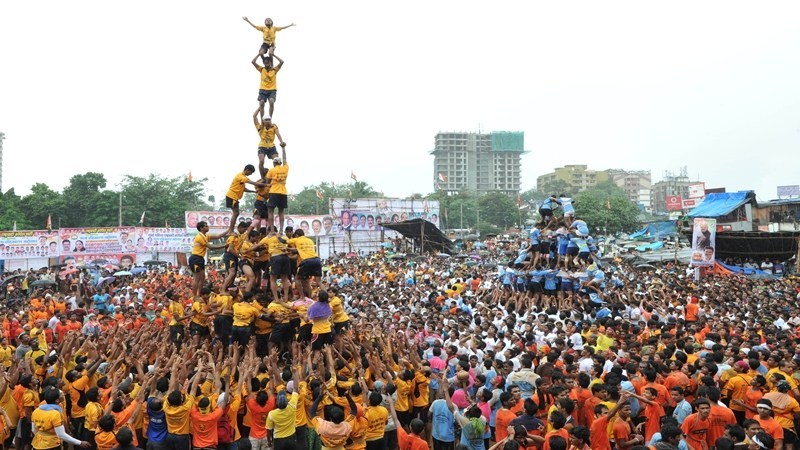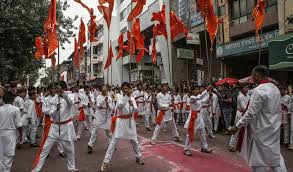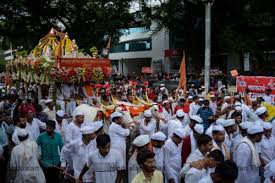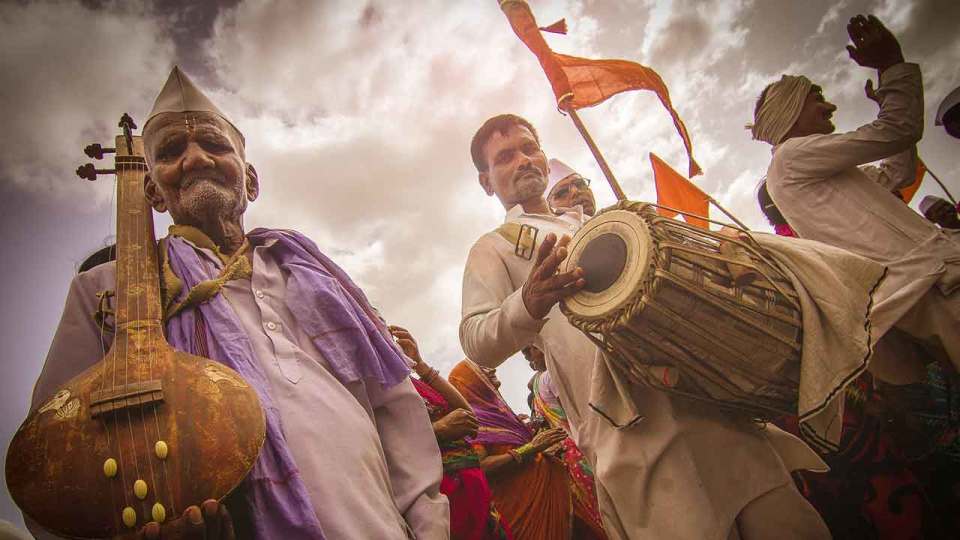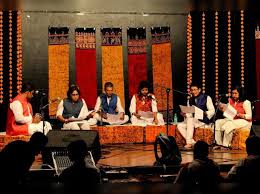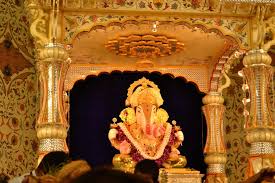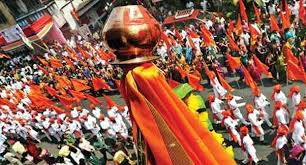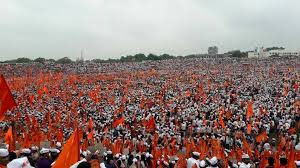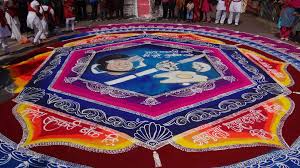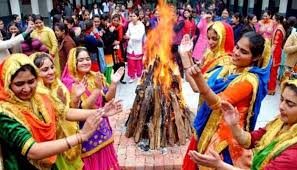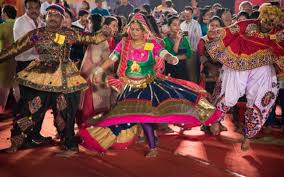Pune is said to be the cultural capital of the state of Maharashtra. It epitomizes the Marathi culture, which lays emphasis on which education, arts and crafts, music, theatre, etc. Pune culture reflects a blend of traditions with modernity. On one hand, you have classical shows being performed in the city, on the other, the city boasts of an amazing nightlife. Pune is the birthplace of the great poet-saint, Tukaram. The city claims the honor of being the home of great freedom fighters like Bal Gangadhar Tilak, Gopal Krishna Gokhale, etc. The culture of Pune is well reflected through its cuisine, people, languages, etc. The most common language of Pune, spoken by majority of the population, is Marathi. Apart from Marathi, Hindi is also one of the languages used commonly in Pune and is used widely throughout the city. The city of Pune has acquired a cosmopolitan identity. People belonging to different castes, creeds, religions and economic backgrounds can be found here. With the setting up of software companies and professional institutions in Pune, the city has assumed a multi-ethnic personality. The glorious city of Pune is heralded as the cultural capital of the state of Maharashtra. The city has a rich past giving it deep roots, which can be seen in various regional as well as national festivals celebrated here. Besides, in the recent years, the city has also emerged as a major educational and IT industry hub, which has led to the influx of large number of students and professionals here.
Festivals Celebration
Ganeshotsav
Ganpati celebrations have been going on in Pune since the days of Chatrapati Shivaji Maharaj. In other words, Pune has been associated with Ganpati celebrations since the beginning. In 1893, Lokmanya Tilak reinvented the Ganpati celebrations in Pune with the hope of breaking the social barriers in a society where caste played a huge role in everyday life. Now the celebrations of this festival have spread to many parts of the country, but its roots are known to be in Pune. The whole city takes on a festive look during these 10 days with the lanes and temples decorated and music blaring in every street. Although the idols in Pune are not as humongous as the idols in Mumbai which stand at 30-40 feet, the celebrations in Pune are more about tradition. Tradition is so important that the Ganpati mandals have a priority list when the idols are taken for immersion.
The most famous Ganpati Pandals to visit are Shri Kasba Ganpati Sarvajanik Ganeshotsav Mandal Tambdi Jogeshwari Ganpati, Guruji Talim Ganpati, Tulshibaug Ganpati, Kesari Wada Ganpati, Dagdusheth Halwai Ganpati, Hutatma Babu Genu Ganesh Mandal Trust, Jilbya Maruti Ganpati Mandir, Shrimant Bhausaheb Rangari Mandal, Akhil Mandai Mandal.
Deepotsav
On Padwa, there’s an early morning puja that happens inside the Sarasbaug Ganpati temple. Along with the Deepotsav, you can see a lot of devotees visiting the temple to take the Lord's blessings. The Deepotsav program gets over after sunrise, and believe it or not, it’s so crowded that it takes around half an hour to just get out of the premises of the garden. The view and the vibe of this Deepotsav are so appealing that in spite of the crowds and traffic, people attend it consistently every year.
In addition to the Padwa Pahat Deepotsav, Sarasbaug also hosts cultural music programmes on the day of Lakshmi Poojan. Apart from Sarasbaug, there are a lot of venues like Bal Gandharva Rang Mandir, Yashvantrao Chavan Auditorium and many more that host Diwali Pahat cultural programmes. The cultural programmes during Deepotsav are all celebrated with a lot of zeal and a perfect occasion for people to come and celebrate the festivities together. You can also experience the melodies of young musicians at the Kajal Society in Kothrud on October 27th from 6.30am onwards. Swarangi Marathe – Shamika Bhide and Sameer Dublay will be performing at the event this year.
Navratri
One of the revered temples of Pune, the Chaturshringi Mandir should be on your list of places to visit when you’re in Pune. Located on Senapati Bapat Road near Pune University in Gokhale Nagar, this temple has been the place for the devotees of Mahakali and Shri Chaturshringi for ages. The word “Chaturshringi” is derived from the word “Chattu” which means “Mountain with four peaks” and represents faith and power. The main temple also includes idols of Goddess Durga, Ashtavinayaka and Ganesha.
Each year, a fair is held on the day of Navratri at the foothills of the temple. The entire Chaturshringi Mandir is lit up with lamps in a traditional Indian style. Devotees come here especially to see the silver Murti (idol) yatra where the statue is carried in a silver chariot. This event takes place on the last day of the festival which is also known as Dussehra.
Chhatrapati Shivaji Maharaj Jayanti
Shiv Jayanti or Chhatrapati Shivaji Maharaj Jayanti is the birth anniversary of Maratha king Shivaji. Shiv Jayanti is celebrated on February 19 every year in his honour. The creator and founder of the Maratha Empire, Shivaji was born in 1630 at Shivneri Fort near Pune. This year marks the 390th birth anniversary of the great Maratha
Carrying saffron flags (jaripatka — the official flag of Maratha kingdom), peoplein different groups(mandals) organize a rally with a chariot. With a view to commemorate the birth anniversary of Maratha warrior Chhatrapati Shivaji Maharaj, several social and cultural groups gather and make this occasion to memorize the birth or great leader.
Janmasthami
Janmashtami is celebrated by the Hindus to symbolize birth of Lord Krishna. Dahihandi celebrated a day after Krishna Janmashtami, is celebrated every year at various areas in Pune. Govindas or the participants form a human pyramid to reach out to an earthen pot carrying curd and butter in it or Dahihandi, which is hung high and is out of reach. The participants try to reach to the pot and break it. This festival is celebrated very enthusiastically in big cities like Pune. Numerous banners of Dahihandi festival could be seen in the city since past few days. Every ‘Dahihandi Pathak’ or team of participants tries to do something unique, to attract people.
‘Govinda ala re…’ And ‘Bol Bajrang Bali Ki Jai …’ are such songs which will be played in the whole city this day to fetch the attention of people and celebrate this festival. The reason is enthusiasm of Gokul Ashtami. Govindas are now ready to break the pot in the streets of Pune. Even the Dahihandi organizers are super excited for this festival and will be calling some great celebrities and Bollywood stars on the stage to pull the maximum crowd.
